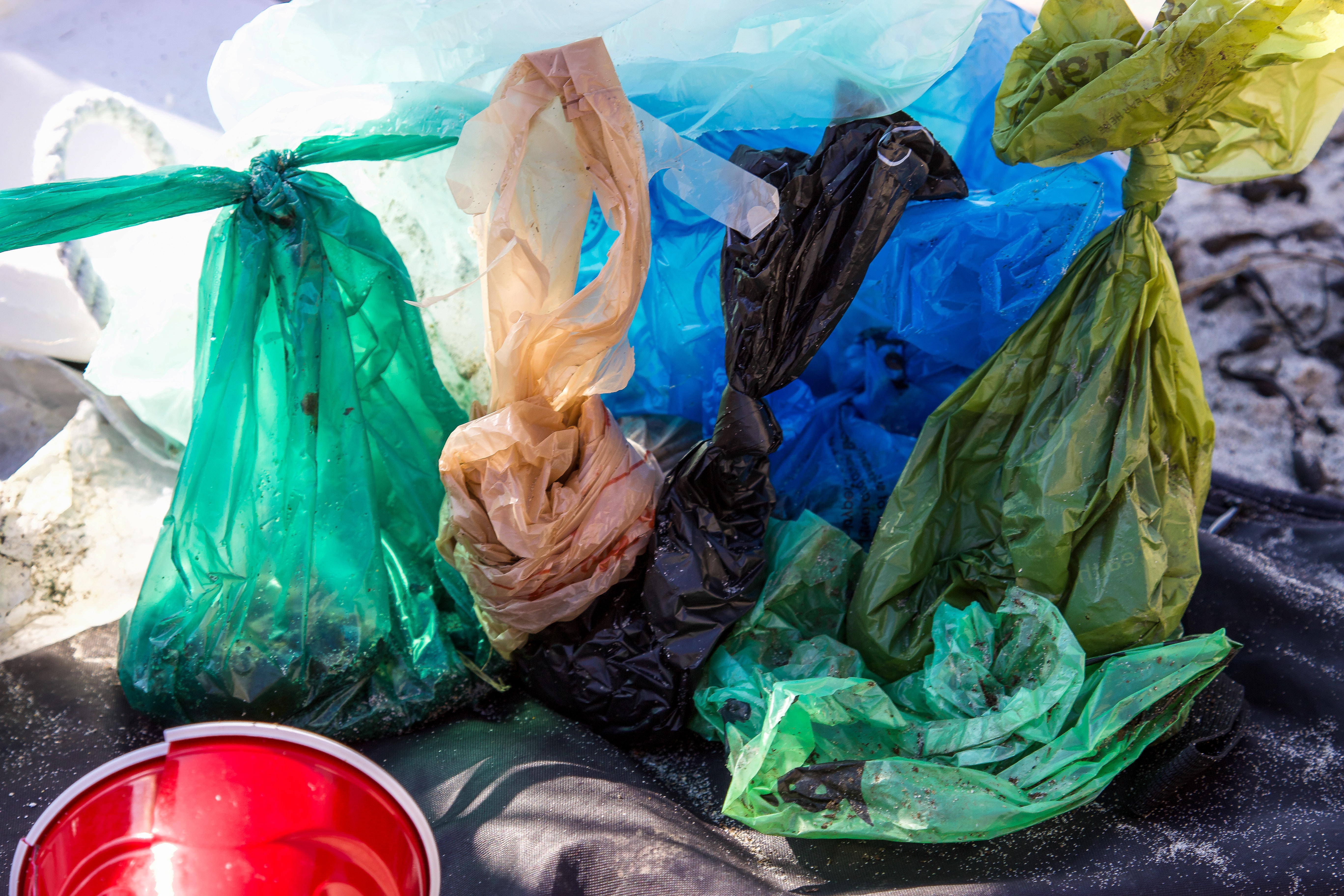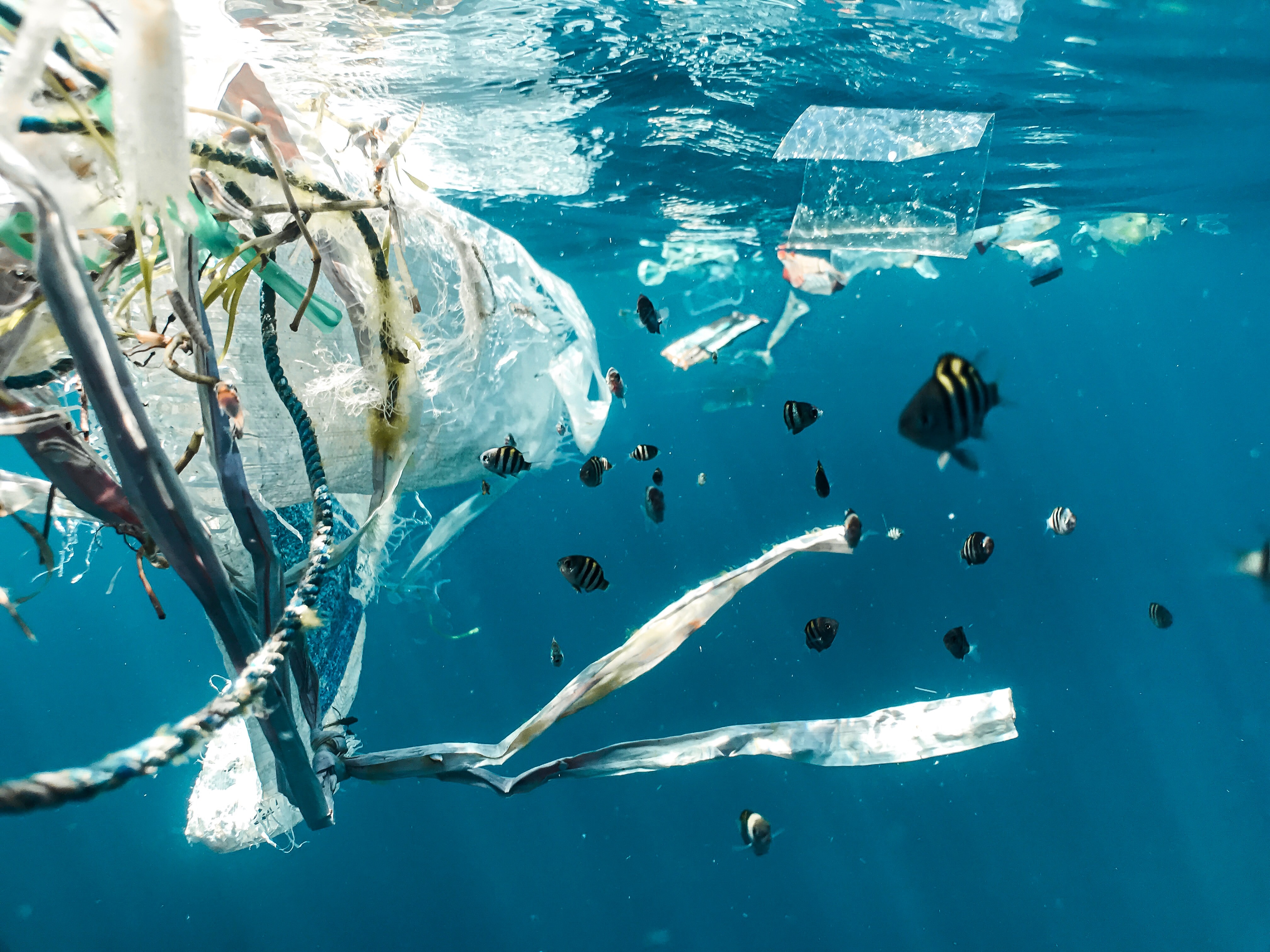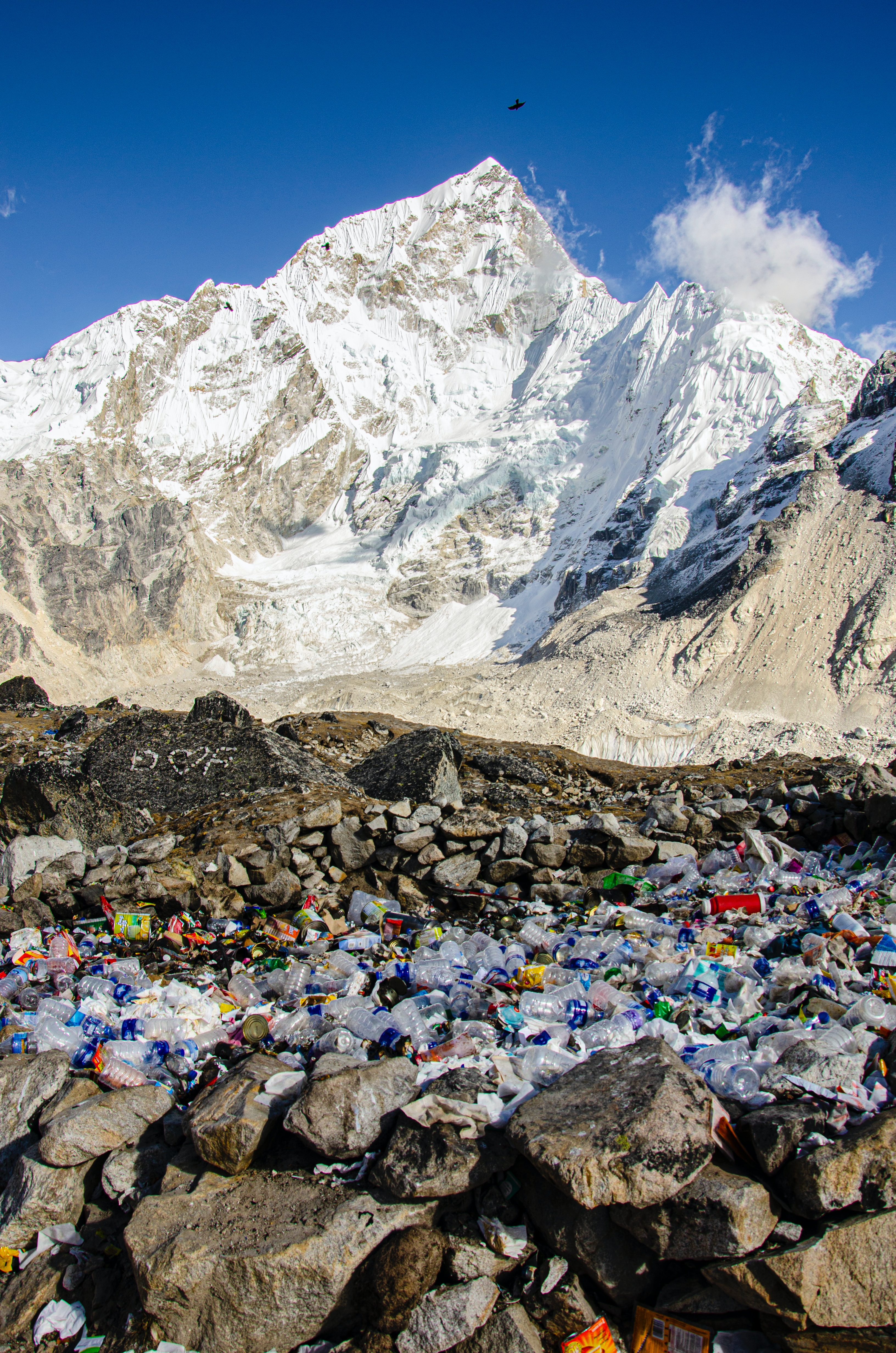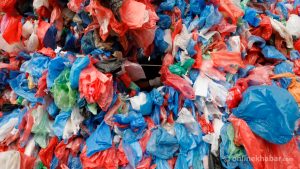
Plastic is a necessary evil of current times. It is ubiquitous in modern times, from polythene bags for daily shopping to PVC pipes, from kitchenware to pet bottles; plastic and its associated derivatives land everywhere.
However, poor management of plastic waste is burying us in every corner of our blue planet right from the shores of the sea and ocean to the mighty Himalayas. Plastics take hundreds of years to decompose naturally, so when they are disposed of improperly, they accumulate in landfills and degrade very slowly.
This leads to the buildup of plastic waste in the soil, preventing the growth of plants and disrupting natural processes. Plastic waste that enters rivers and oceans poses a severe threat to marine life.
Every year, millions of tons of plastic end up in the ocean, endangering marine animals through entanglement and ingestion. Marine creatures, such as turtles, seabirds, and whales, often mistake plastic debris for food, resulting in injuries, internal blockages, and sometimes death.
Plastics gradually break down into smaller pieces called micro-plastics, which are less than five millimetres in size. These tiny particles enter the food chain when marine organisms, such as fish and shellfish, consume them.
As a result, microplastics can make their way up the food chain, ultimately reaching humans, potentially causing health issues and disrupting ecosystems.
Plastic waste and its effects

Plastic waste can release harmful chemicals and pollutants into the environment. Certain types of plastic, such as PVC, contain toxic additives like phthalates and bisphenols, which can leach into the soil and water. This contamination affects both terrestrial and aquatic ecosystems, posing risks to plants, animals, and humans.
Plastic pollution also contributes to climate change. The production of plastic involves the extraction and refining of fossil fuels, primarily crude oil and natural gas. This process releases greenhouse gas emissions, contributing to global warming and climate instability.
Besides these plastic pollution has long-lasting consequences. Even if we were to completely halt the production and disposal of plastic today, the accumulated plastic waste would persist for centuries. This persistence poses a severe challenge for future generations in terms of environmental management and cleanup efforts.
The central themes of this year’s World Environment Day are based on beating plastic pollution across the globe. Recent case studies and newspaper reports indicate the fact of deleterious effects of plastic pollution.
More than eight million tons of plastic reach the sea every year. There will be more plastic than fish in the sea by the year 2050 and 99 per cent of the planet’s seabirds will have eaten some. The average person who eats seafood swallows up to 11,000 pieces of microplastic every year, according to a study by researchers at the University of Ghent.
Our rivers are dwindling, and floodplains are clogged with plastic waste. The mighty rivers of Nepal are overwhelmed by hundreds and thousands of quintals of plastic waste, and even the highest peak of the Himalayas, Everest, is not spared from the scourge of plastic pollution.
Everest samples indicate that micro-plastics (MP) are ubiquitous in the region, and MP was found in each of the snow samples, at levels ranging from 3 to 119 MP L–1 and an average of 30 ± 11 MP L–1 (mean ± SE); the highest concentration of MP was in Everest Base Camp.
Increasing in popularity at the same time as Everest’s climbing, the versatility of plastic materials has resulted in a substantial increase in their use from five million tonnes globally in the 1950s to over 330 million in 2020, predominately due to the increased use of single-use plastics.
However, the durability, versatility, low cost, and wide-scale use of plastic items mean that plastic litter is now prevalent worldwide, even in remote areas. Globally, attention has been focused on the accumulation of MP (<5 mm) and the quantity and potential impact of plastic on the marine environment.
It is estimated that 93,000–236,000 metric tons of MP is now floating on the global sea surface (Napper et al., 2020). According to ICIMOD research, Nepal produces about 2.7 tons of plastic garbage daily, and its improper management creates lots of problems including environmental pollution. Only one-third of the total plastic waste generated is suitable for recycling, based on its material composition.
The government of Nepal is soulfully dedicated to bringing out sustainable solutions to this burning issue. In this critical juncture, all budding environmentalists must create mega awareness across different societal levels to address the issue of plastic pollution.
No implementation

Strict rules, laws and regulations are in place but what is lacking is the implementation.
Nepal government has announced a complete ban on the production, import, sale, distribution, and use of plastic bags thinner than 40 microns effective from July 16, 2021, to reduce environmental pollution from plastic products.
This is the third announcement made by the federal government as the previous two announcements were limited to paper.
As such measures do not attain sustainability due to a lack of public awareness and administrative carelessness. We need to create model campaigns against plastic pollution at all levels of society.
If the secretariats, government offices and universities go plastic-free, automatically a positive message would be carried forward across all sectors. It is important to understand plastic pollution from a local perspective as well.
General awareness regarding plastic pollution is poor. Our heavy dependency on plastic and all its’ derivatives is a major hindrance to curbing the menace. Except for a small population of environmentally conscious individuals and organisations, public concern towards the issue is largely laced with apathy and indifference.
Nepal aims to beat plastic pollution and thus initiatives such as plastic clean-up drives across public spaces, national forests and biosphere reserves along with simultaneous clean-up activities should be prioritised. Even the tourism sector should pledge to avoid plastic straws in public places like our pristine Everest and other Himalayas.
This scenario shows how plastic is swallowing our planet into non-biodegradable traces. Addressing plastic pollution requires a multi-faceted approach, including reducing plastic consumption, improving waste management systems, promoting recycling and alternative materials, and raising awareness about the environmental impact of plastic.
By taking individual and collective actions, we can work towards mitigating plastic pollution and preserving the health of our planet and vow to make our planet beautiful again.























